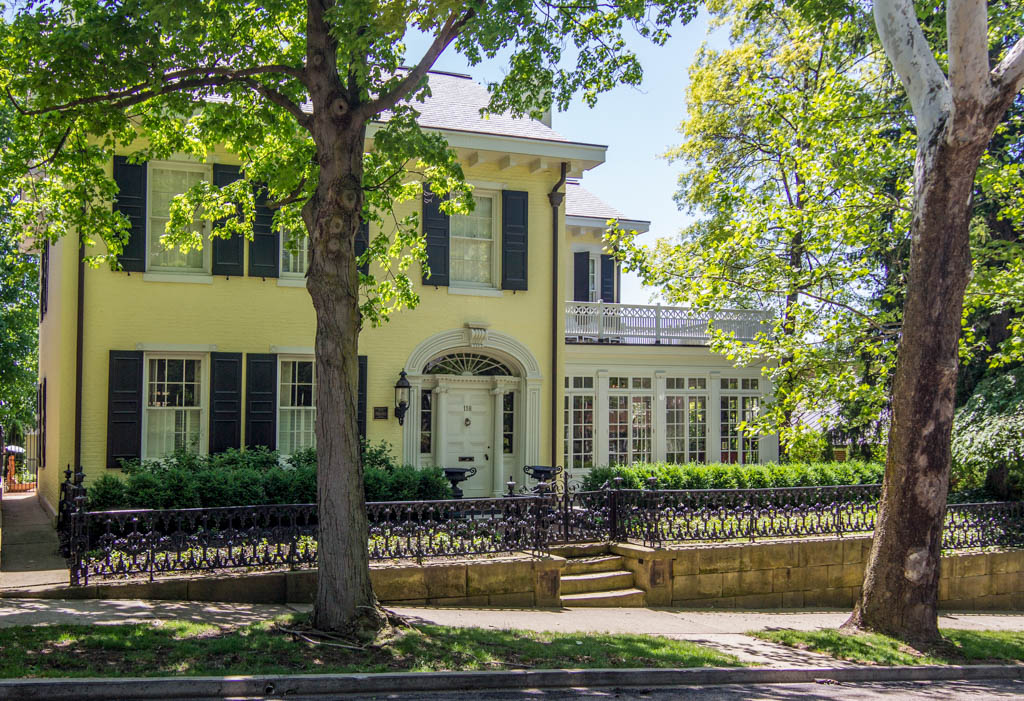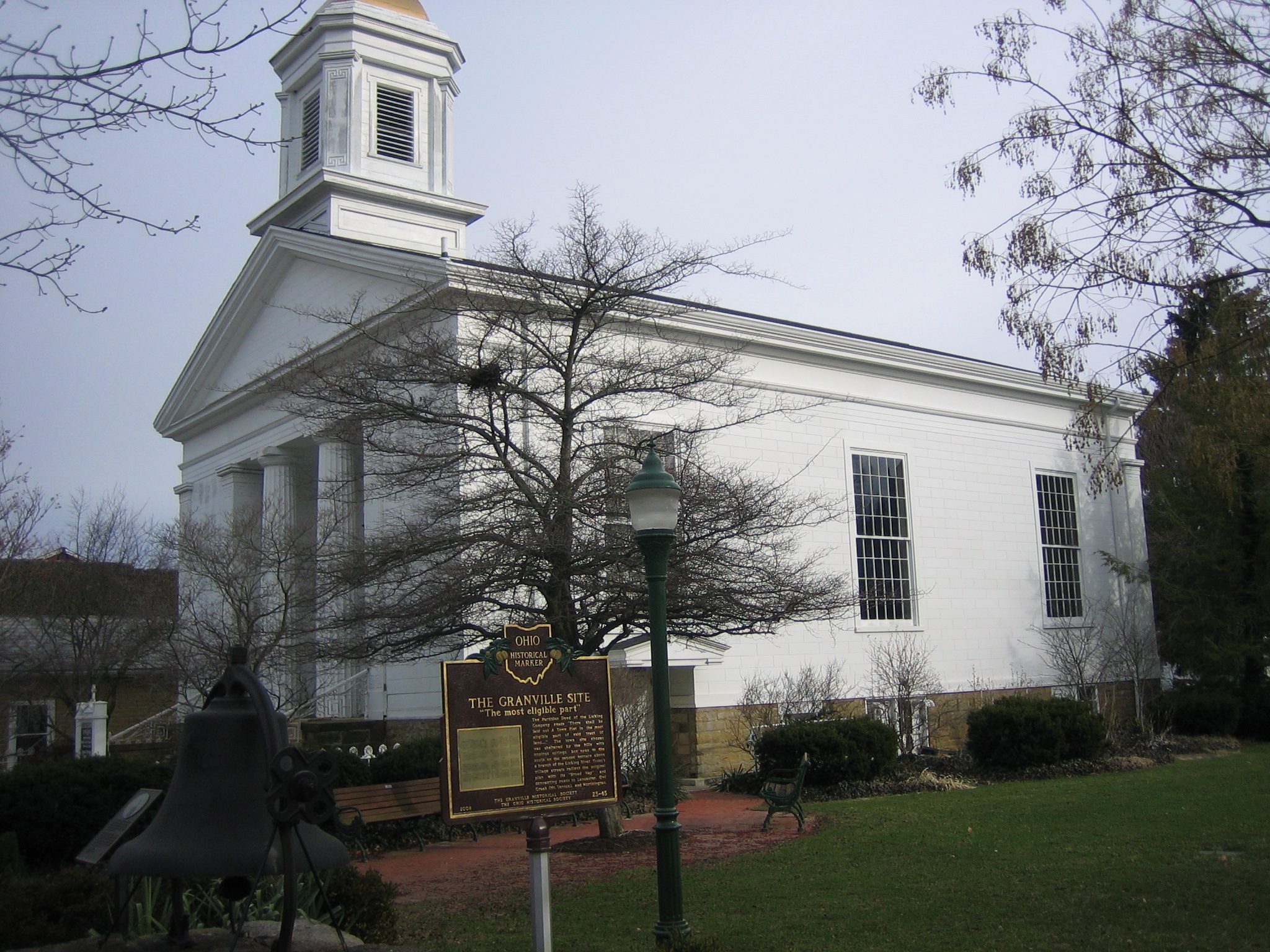Reveal the Rich History and Serenity of Churches in Lancaster Ohio
Nestled within the calm landscapes of Lancaster, Ohio, exists a tapestry of churches that not only offer as places of praise yet likewise stand as silent witnesses to the abundant history and building wonders of the area. As we discover the depths of Lancaster's church history, we discover stories of strength, belief, and the enduring heritage that continues to shape the present-day landscape.
Historic Development of Lancaster Churches
Developed from simple beginnings, the churches in Lancaster, Ohio have an abundant historic evolution that reflects the neighborhood's solid spiritual heritage. The very early churches in Lancaster were straightforward structures, usually wood buildings where settlers gathered to prayer and develop their neighborhood. As the community grew, so did the churches, with many congregations broadening and building even more fancy buildings to suit their members.
Throughout the years, the churches in Lancaster have actually played a considerable duty fit the community's social and social landscape. They have actually been facilities of not simply prayer but additionally area celebrations, education, and assistance during times of difficulty. Several of the churches in Lancaster have actually meant generations, observing the community's development from a tiny settlement to a thriving neighborhood.

Architectural Wonders in Lancaster Ohio
Numerous striking building marvels grace the landscape of Lancaster, Ohio, showcasing complex layouts and historic significance. One such wonder is the Georgian-style Fairfield Court, built in 1871. Its outstanding white exterior, grand columns, and clock tower make it a popular landmark in the city. The Sherman House Museum, a Victorian estate constructed in 1823, is one more architectural gem. With its elaborate detailing, wrap-around deck, and historical exhibitions, it offers visitors a peek right into Lancaster's past - churches in lancaster ohio.
The Ornamental Arts Facility of Ohio, housed in a recovered 1835 Greek Resurgence estate, is a work of art of architectural conservation. Its elegant proportion, tall columns, and elaborate moldings exhibit the workmanship of the period. Furthermore, the Martens Building, a historical commercial framework going back to 1871, boasts a mix of Italianate and Victorian architectural designs, contributing to the city's building diversity.
These architectural marvels not just boost the visual appeal of Lancaster but additionally function as important web links to its rich history and cultural heritage.
Spiritual Peacefulness In the middle of Lancaster's Churches
Amidst the building Look At This marvels that elegance Lancaster, Ohio, the churches in the city use a calm spiritual shelter for locals and visitors alike. These spiritual places of praise not just stand as signs of confidence yet additionally act as sanctuaries of harmony in the bustling city. Stepping right into the churches in Lancaster, such as the historical St. Mary of the Presumption Church or the classy Initial United Methodist Church, visitors are wrapped up in a sense of tranquility and contemplation.
The spiritual peacefulness located within Lancaster's churches provides a minute of break from the demands of day-to-day live, welcoming people to show, meditate, and locate relief in their belief. churches in lancaster ohio. Whether one seeks a peaceful location for personal petition or a community to cooperate worship, the churches in Lancaster provide to a diverse variety of spiritual demands
In a world full of sound and interruptions, the churches in Lancaster, Ohio, stand as beacons of tranquility and reflection, supplying an area where individuals can get in touch with their inner selves and discover spiritual renewal.
Community Influence of Lancaster Churches
Lancaster churches play an essential duty in shaping and improving the neighborhood neighborhood via their various outreach programs and services. These churches work as columns of assistance, providing help to those in requirement and promoting a feeling of belonging among residents - churches in lancaster ohio. Through initiatives such as food drives, apparel contributions, and shelter stipulations, Lancaster churches proactively resolve concerns of hardship and homelessness within the community
Furthermore, Lancaster churches regularly arrange neighborhood occasions and celebrations that advertise unity and togetherness. These occasions offer chances for individuals from all profession to find with each other, share experiences, and build long lasting connections. By cultivating a sense of neighborhood spirit, Lancaster churches add to the general health of the locals and create a helpful atmosphere for all.
Heritage Preservation Initiatives in Lancaster
Having established themselves as integral pillars of the neighborhood, the churches in Lancaster, Ohio, have been proactively participated in maintaining the abundant heritage of the region via devoted efforts and campaigns. These heritage conservation endeavors are this website crucial in keeping the historic value and building elegance of the churches for future generations.

Additionally, community you could check here outreach programs arranged by the churches play an important duty in heritage conservation. These programs not only educate the general public concerning the historic relevance of the churches but also engage volunteers in preservation activities such as archival research, artifact preservation, and assisted historical tours. By involving the area in these initiatives, the churches cultivate a feeling of stewardship and collective responsibility towards maintaining Lancaster's rich heritage.
Conclusion
Finally, the churches in Lancaster, Ohio, are not only historic landmarks with architectural significance however also work as spiritual sanctuaries for the area. Their impact goes beyond simply spiritual services, as they play a crucial role in preserving the heritage and background of the area. With their abundant history and peaceful environment, the churches in Lancaster continue to be an integral part of the area, showcasing the relevance of confidence and custom.